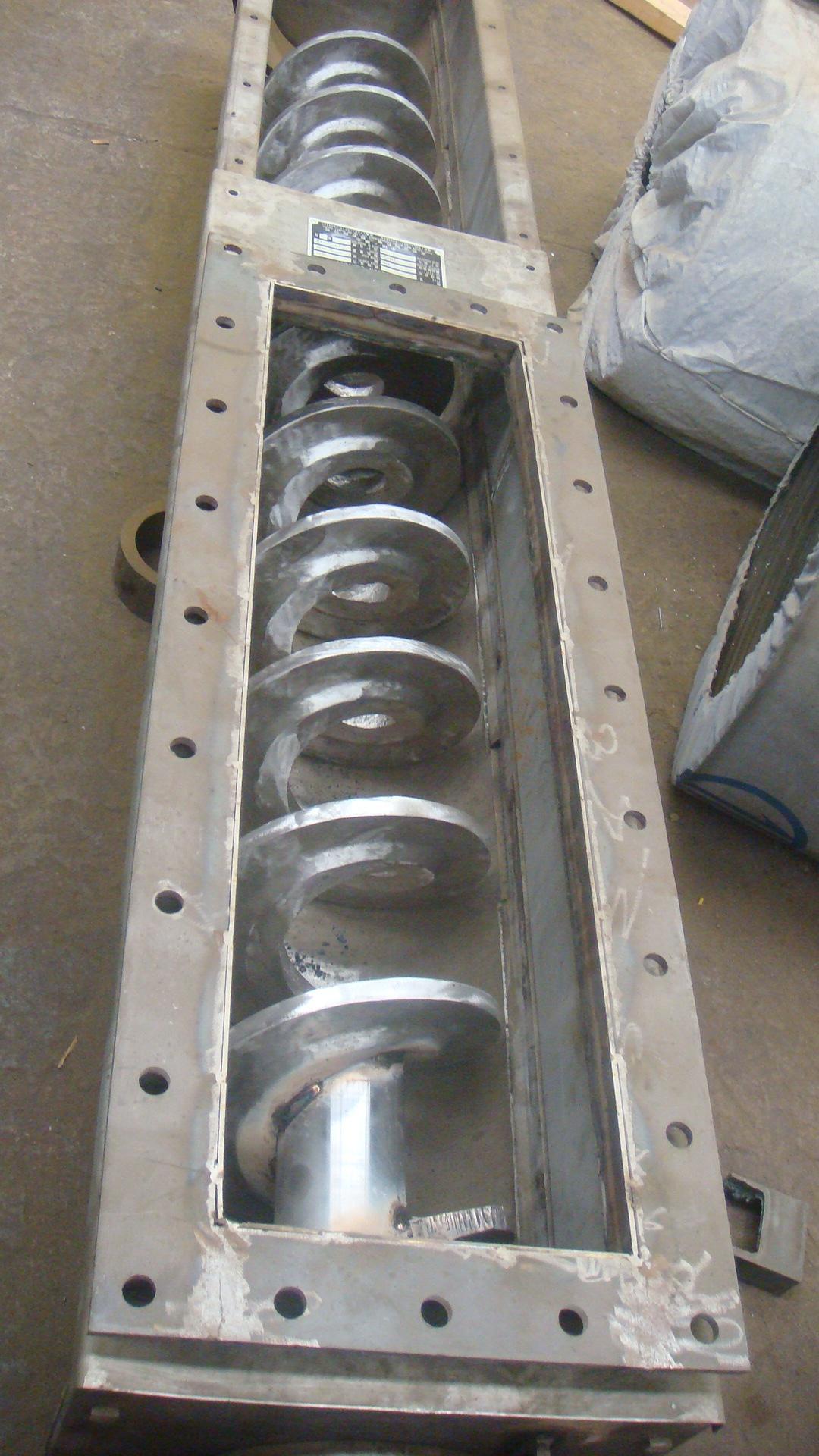How Does a Screw Conveyor Work
Author :
Screw conveyors are widely used across various industries due to their versatility. In agriculture, they handle grains and feed. The chemical industry relies on them for moving powders like fertilizers. In the food sector, they convey ingredients such as flour and sugar. Construction and mining benefit from their ability to transport sand, gravel, and ore. They are also employed in waste management for moving refuse. Their enclosed design and ability to convey at different angles make them suitable for both horizontal and vertical applications, ensuring efficient material handling in tight spaces.
The screw conveyor moves the material along a fixed trough in the axial direction through the rotating screw blade. The core is to convert the rotational motion of the screw into the linear conveying motion of the material. The working principle can be specifically broken down into the following three key links:
1. Core Structural Composition
The foundation of the operation relies on the coordination of three key components, none of which can be missing:
Screw Blade: The core executive component, typically in a continuous spiral shape (such as solid spiral or belt-type spiral), welded or fixed onto the central shaft, and serves as the “driving element” to push the material.
Trough/Tube: A fixed channel structure (either an open trough or a closed tube), which restricts the radial scattering of the material, allowing it to move only in the axial direction, while also bearing the weight of the material.
Drive Unit: Composed of a motor, reducer, and other components, it provides stable power for the rotation of the screw blade and controls the conveying speed.
2.Specific Working Process
Material Feeding: The material enters the equipment through the feed opening (usually located at one end or the middle of the trough/tube) and falls into the gap between the screw blade and the trough.
Screw Drive and Material Pushing: The drive unit rotates the central shaft and the screw blade. The rotating blade exerts two forces on the material:
• Frictional Force: The friction between the blade surface and the material prevents the material from rotating synchronously with the blade ("slippage").
• Axial Thrust: The helical surface of the screw blade pushes the material forward (axially) along the inner wall of the trough, similar to the principle of "a screw rod pushing a nut to move."
Material Conveying and Discharging: Under the continuous thrust, the material moves stably towards the discharge opening along the trough/tube and is finally discharged from the designated position, completing the conveying process.
3.Key Working Principle
Its essence is to utilize the inclined thrust of the helical surface to convert the rotational kinetic energy of the screw into the axial kinetic energy of the material. Meanwhile, the closed or semi-closed structure of the trough ensures that the material does not scatter to the sides and is conveyed only in the designated direction.
It is suitable for conveying granular, powdered (such as flour, ore powder), or small lump materials, and is widely used in industries such as grain, chemical, and building materials.

screw conveyor,flexibel screw conveyor,auger conveyor,screw conveyor manufacturers
Get a Free Quote
We sincerely welcome you to write to us, call us to inquire about our business, visit us, inspect us, buy us and adopt us. You have any questions you can write to call, you can also leave a message on this site, the site administrator will do our best to provide you with the most efficient service.






